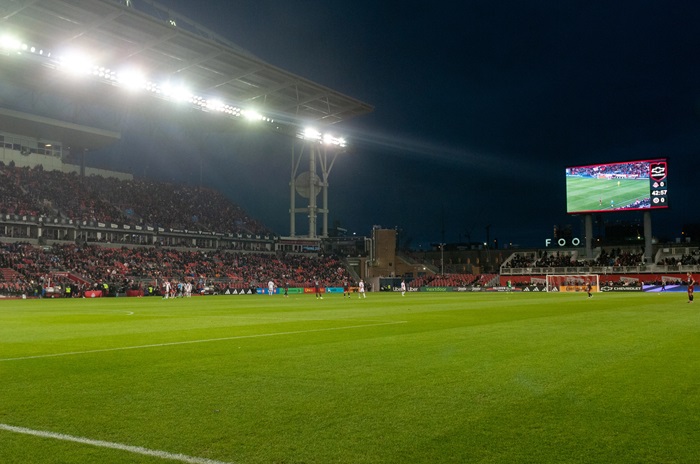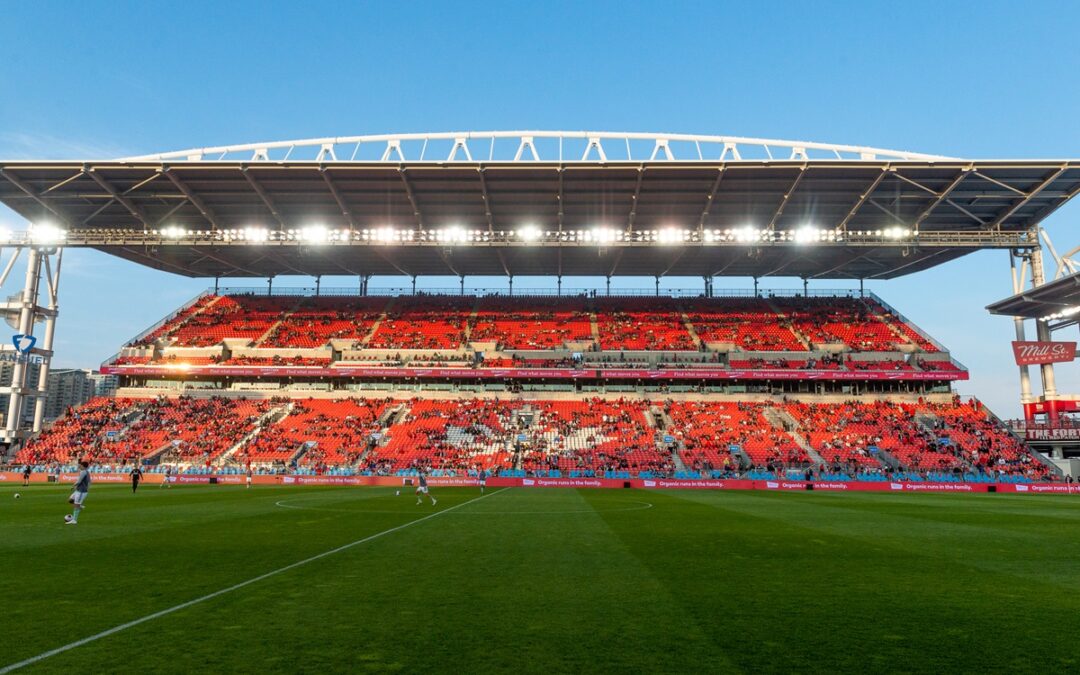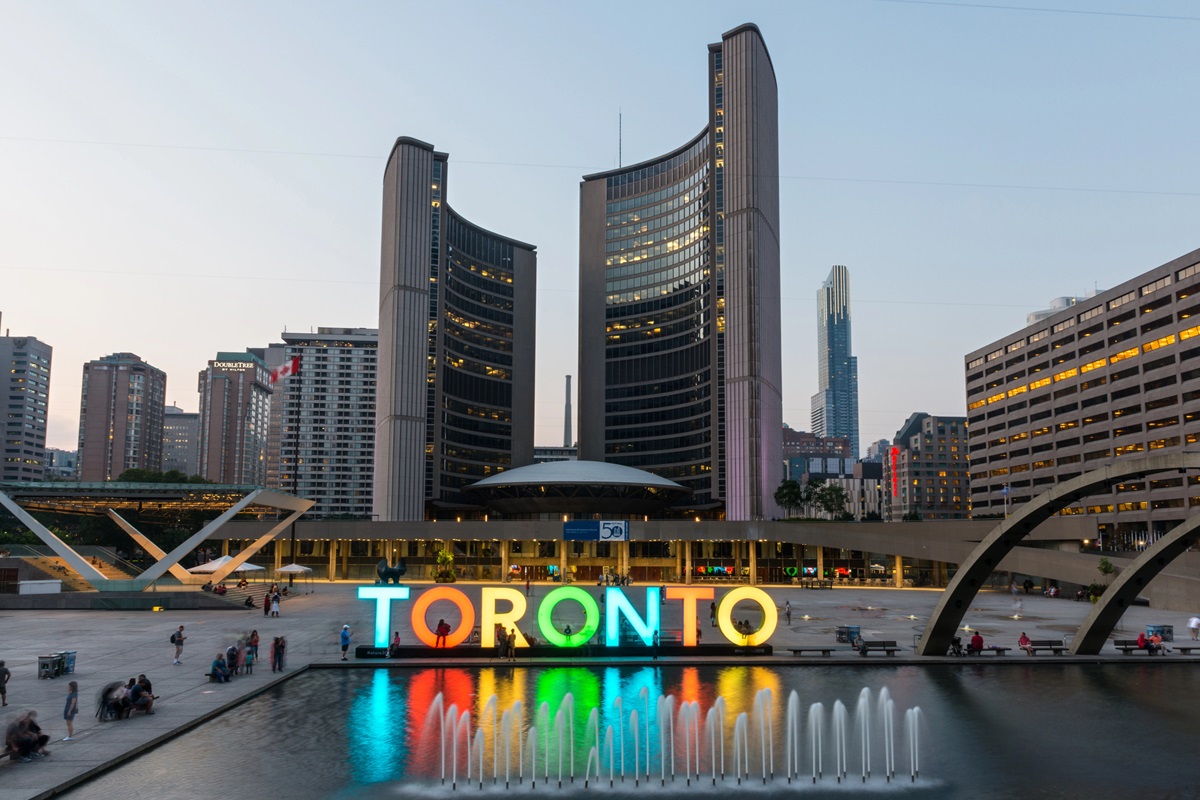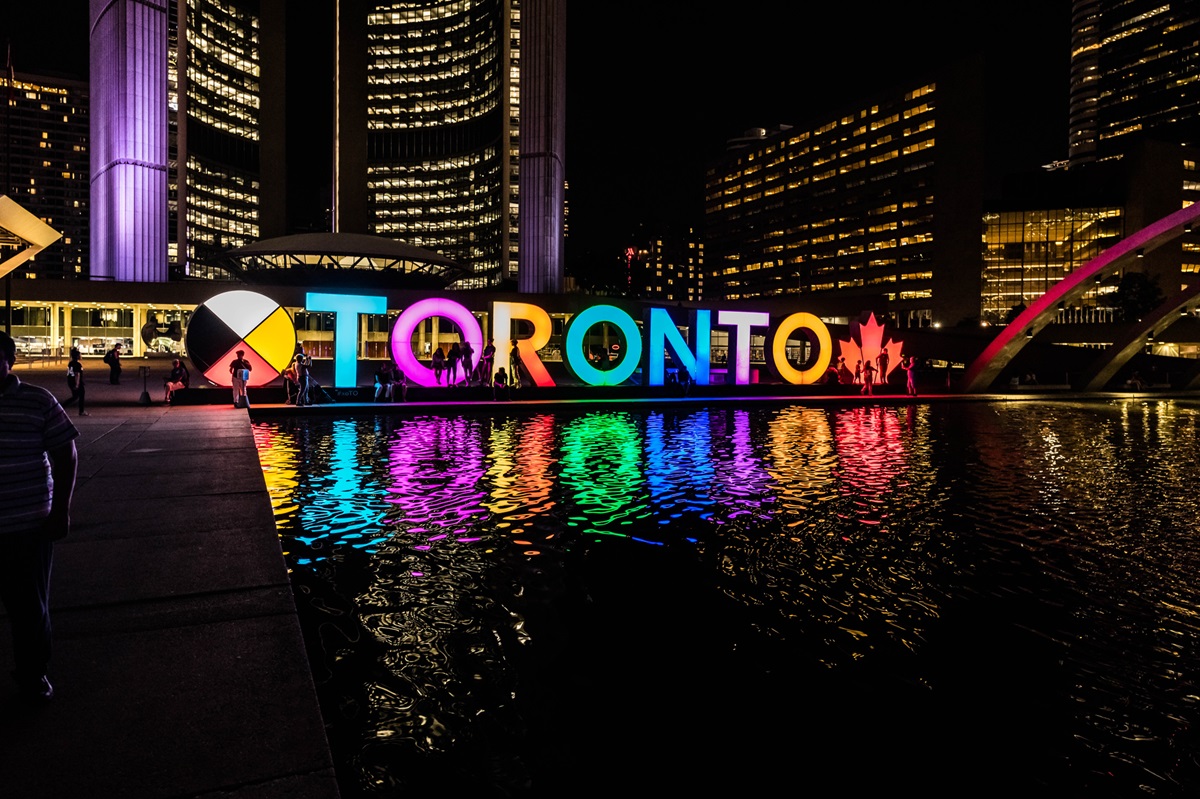When the World Cup anthem rolls through Toronto in June 2026, the city will showcase not just the Canadian men’s national team but also a transformed stadium meant to carry the city into a new era of sport. BMO Field, temporarily rebranded “Toronto Stadium” for FIFA, is in the midst of the most ambitious overhaul in its history—an upgrade that blends temporary fixes with long-term ambition.
The price tag is heavy, and so are the expectations. For Toronto, hosting six World Cup matches—including Canada’s debut on June 12—is not only about the ninety minutes of football. It’s about turning a lakeside venue into a stage that can hold the attention of the planet and then serve the city long after the final whistle.
Stretching capacity without overbuilding
The most visible transformation is numerical: from 30,000 seats to 45,000. The trick lies in adding 17,000 temporary seats, split between a massive build-out on the north end and another block on the south. It’s a play straight out of the World Cup playbook—expand for the surge, then scale back before the extra capacity becomes a daily burden for Toronto FC or the Argonauts.
For fans, it means a denser bowl, steeper sightlines, and the energy that comes from a crowd nearly half again as large. For city planners, it means answering a nagging question: how do you go big for a once-in-a-generation event without creating a white elephant in the process?
Behind the scenes, a professional-grade refit
International tournaments demand more than seats. The underbelly of BMO Field is being reshaped for the world’s best teams. Locker rooms are being rebuilt to meet FIFA’s strict standards. Training and player facilities are being refreshed, while broadcast wiring and camera infrastructure are being fortified to handle the kind of global transmission that makes the World Cup the most-watched event on Earth.
Viewers won’t notice the steel and cables that make it work, but they will see the four new corner videoboards and feel the punch of a new audio and lighting system designed to modernize the atmosphere.
Related content: Toronto Gears Up for 2026 FIFA World Cup: A City Transformed
A fan experience designed for the 2020s
Concessions have long been the pinch point at Canadian stadiums. This time, Toronto is betting on technology. New self-serve stands using computer vision and generative AI will speed up the beer-and-burger run. A large kitchen on the west side and extra concession points are designed to cut the lines that frustrate fans.
Connectivity is another pillar. The Wi-Fi upgrade is less glamorous than giant screens, but crucial. No one in 2026 tolerates buffering when posting a goal to Instagram.
Suites and lounges will also get a facelift. A new west-side lounge at midfield, renovated West Suites, and brand-new North Suites expand the high-end menu. After the tournament, the stadium will add a ticketed rooftop patio for about a thousand fans, creating a new skyline perch that doubles as a revenue stream.

A coalition of stakeholders—and funders
At the announcement, the lineup of speakers said everything: Mayor Olivia Chow, MLSE executives, Canada Soccer officials, and tournament organizers sharing the stage. It underscored that this is a civic project, a private enterprise, and a national opportunity all at once.
The financial split reflects that. The city is contributing about $123 million, MLSE roughly $23 million. In return, the two sides agreed on a revenue-sharing model: profits up to $10 million are split evenly, with anything beyond that favoring the city at 60 percent.
But the wider bill is steeper. Hosting costs for Toronto have ballooned to around $380 million, far above early estimates from 2018 that hovered between $30 and $45 million. Both the federal and provincial governments are each expected to contribute near $100 million.
Why it’s worth the gamble
Economic projections from Deloitte sketch out the upside. The World Cup could generate as much as $940 million in regional economic output, including around $520 million in GDP, $340 million in labor income, and $25 million in government revenue. Roughly 6,600 jobs are tied to the effort, spread between 2023 and 2026.
Forecasts are never certainties. But they do underline what’s at stake: the potential for the World Cup to act as an economic jolt, a global advertisement for Toronto, and a justification for an expensive stadium facelift.
Six matches, one opening chapter
Toronto’s reward for all this heavy lifting is six matches, including a historic moment: Canada’s men’s team stepping onto home soil as World Cup hosts for the first time on June 12, 2026. A Round of 32 clash on July 2 is also locked in.
Those dates will put Toronto in the global spotlight, but also on the hook. Any hiccup—construction delays, tech glitches, transportation snags—will be magnified. The World Cup is unforgiving in that way: billions are watching, and reputations are on the line.
Beyond the tournament: building a legacy
The upgrades are designed to ripple past July 2026. Improved Wi-Fi, high-definition boards, smarter concessions, and revamped suites give the stadium a new baseline. International-standard locker rooms and a world-class pitch mean Toronto can pitch for more events—from rugby finals to international friendlies and beyond.
Even the rooftop patio has a legacy dimension. It’s a new social space, a way to connect the stadium with the city’s culture of summer patios, and a revenue generator that doesn’t rely on just the two main tenants.
Toronto’s chance to make it count
Every World Cup city tells a different story. For Toronto, the narrative is one of balance: temporary seating instead of permanent overreach, targeted upgrades instead of flashy but short-lived gimmicks. The city is gambling that this mix of pragmatism and ambition will deliver both a month of magic in 2026 and a decade of dividends afterward.
Whether the payoff matches the projections, one truth is certain: when Canada kicks off its World Cup journey at BMO Field, Toronto will be judged not just on how the team plays, but on how the city staged the show.







